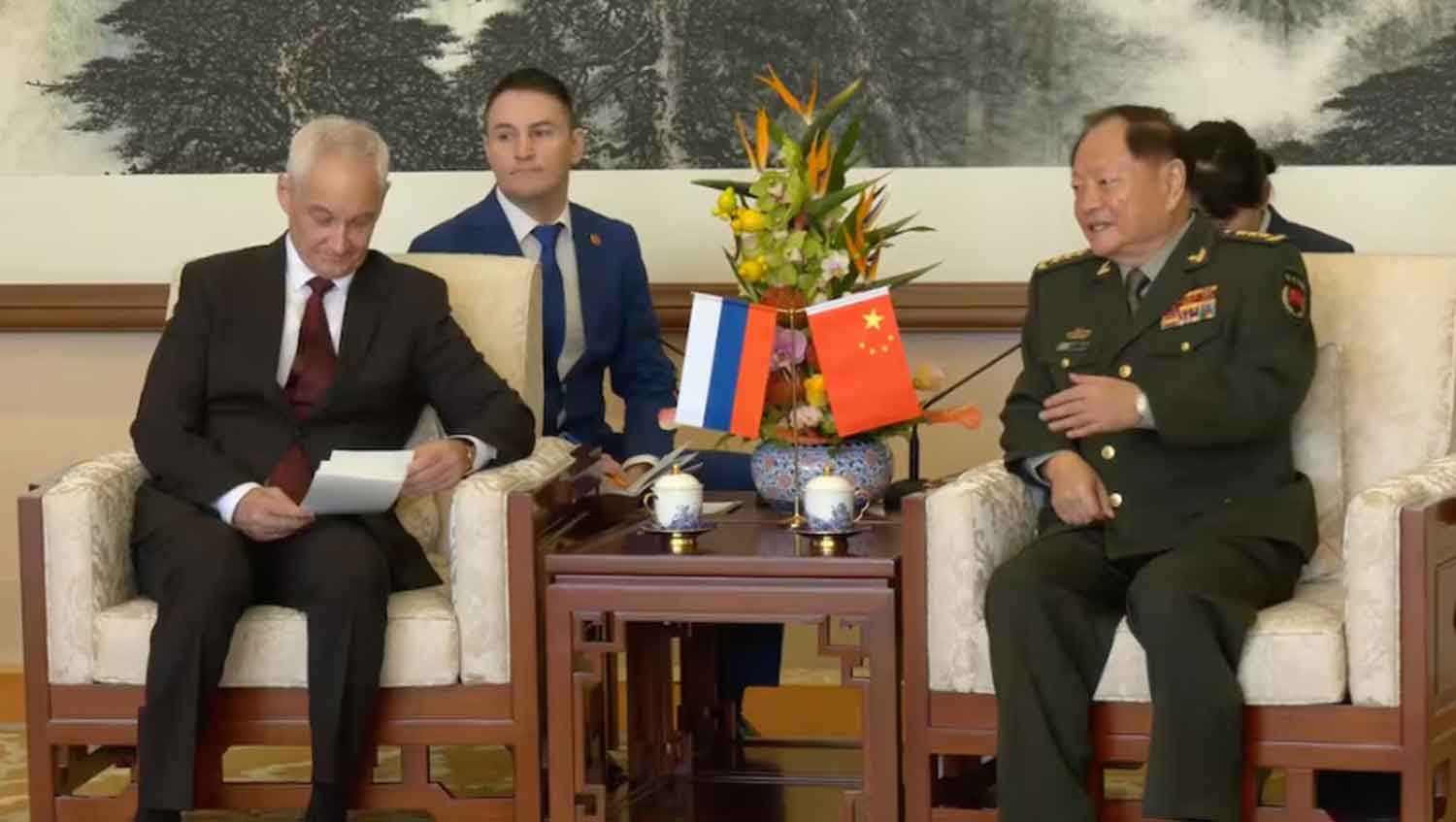China characterized its recent military exercises near Taiwan as a cautionary measure against “separatist actions,” indicating that further drills may be forthcoming. This announcement has elicited strong reactions from both the Taiwanese government and the United States.
While these exercises appeared to be shorter in duration compared to earlier ones, they were marked by rapid simulated assaults and the mobilization of naval and aerial forces. The last significant military maneuvers took place in May, coinciding with the inauguration of Lai Ching-te as Taiwan’s new president.
Here is an overview of China’s strategic objectives behind this week’s exercises and the new elements involved.
Blockade
The Chinese military announced that a segment of its recent exercises focused on what it termed a “key port blockade,” effectively cutting off Taiwan’s maritime supply routes for trade, food, and energy. This maneuver was intended to demonstrate China’s capability to halt energy imports, particularly at its terminals receiving liquefied natural gas (LNG), according to military expert Zhang Chi from China’s National Defence University, as reported by the state-affiliated Global Times.
Zhang emphasized that the People’s Liberation Army aims to showcase its ability to obstruct Taiwan’s energy resource imports, which could significantly affect the island’s economy and society. Foreign military attaches and analysts are closely monitoring this aspect of the drills, as such a strategy could exert pressure on Taiwan and isolate it in the lead-up to a potential full-scale invasion.
On Monday, Taiwan’s state-owned energy firm CPC announced that its LNG imports remained stable, refuting online claims suggesting otherwise as misinformation. Su Tzu-yun, director of defense strategy and resources at Taiwan’s leading military think tank, the Institute for National Defence and Security Research, commented, “This situation involved a unique element, referred to as quarantine or blockade, during which they honed their blockading skills.”
China is moving nearer to Taiwan.
A map released by China’s military indicates that the designated drill zones are now situated closer to Taiwan compared to earlier exercises, with all zones, for the first time, encompassing areas within Taiwan’s 24-mile (39-km) contiguous zone. “The announced drill zones are increasingly encroaching upon Taiwan island, and they all fall within the 24-mile zone,” stated Ma Chen-kun, a military expert from Taiwan’s National Defence University, during a forum in Taipei on Monday.
A more engaged coast guard
China’s coast guard, now the largest in the world, played a more active role in Monday’s exercises, surrounding the Taiwan-controlled Matsu islands adjacent to the Chinese coast and operating on both sides of Taiwan’s mainland.
Taiwanese officials assert that the deployment of the coast guard is part of a “grey zone” strategy that avoids outright conflict while seeking to assert China’s claim to manage and control the Taiwan Strait.
Analysts indicate that China’s coast guard maintains a nearly continuous presence near Taiwan and extends into the contested South China Sea. Taiwan remains particularly cautious of Chinese coast guard attempts to board its civilian vessels under the guise of law enforcement, as such actions could provoke a serious response, according to Deputy Chief Hsieh Ching-chin.
Collin Koh from Singapore’s S. Rajaratnam School of International Studies noted that it was “unprecedented” for so many coast guard vessels to be patrolling around the island simultaneously. He suggested that this development could signal a new standard for Beijing’s grey zone tactics against Taiwan.
Propaganda
Chinese military exercises have previously been accompanied by the dissemination of videos depicting animated missile strikes on Taiwan. In a notable departure this time, a caricature of Taiwan’s President Lai Ching-te was presented, featuring exaggerated devil-like ears, which a security source in Taiwan described as an unusually personal affront to a leader already labeled a “separatist” by Beijing.
Additionally, China released two less polished videos featuring navy personnel discussing weather conditions and their positions near Taiwan’s key ports of Keelung and Kaohsiung.
Taiwanese television networks include these videos in their routine coverage of military drills, while the Taiwanese government characterizes them as elements of “cognitive warfare” aimed at undermining public confidence in its military capabilities.
Infiltration
Following the commencement of military exercises, Taiwan’s coast guard reported the apprehension of an individual from China who was attempting to reach one of the heavily fortified Taiwan-controlled islets near Xiamen, China, using a rubber boat.
The coast guard indicated that this incident may be linked to China’s “grey zone” operations, which pose a threat to Taiwan’s offshore islands amid the ongoing drills.
Discover more from Defence Talks | Defense News Hub, Military Updates, Security Insights
Subscribe to get the latest posts sent to your email.





